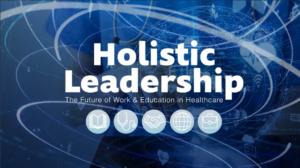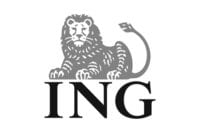Non-verbal communication is a powerful tool in leadership. It encompasses body language, facial expressions, eye contact, and even the way you use space. As someone who transitioned from the stage to the boardroom, I’ve seen how non-verbal cues can significantly impact the effectiveness of communication and leadership. In this post, we’ll explore the science behind non-verbal communication and practical techniques for enhancing your leadership presence.
The Science Behind Non-Verbal Communication –
Meaning is essential in communication. When we listen to someone speak, we are seeking to understand what the speaker is really trying to say. It is the speaker’s intent that we are looking for.
Researcher, Dr. Albert Mehrabian, did a study focused on how an audience understands the intent behind the words that a speaker uses. He found that as a listener we decode the intent behind a speaker’s words from visual clues 55% of the time, and from the tone of voice 38% of the time Only 7% of the time do we go to the actual words to discover the speaker’s intent.
Mehrabian’s work was all about decoding the “silent messages” we get when someone speaks. Meaning is essential in communication. When we listen to someone speak, we are seeking to understand what the speaker is really trying to say. It is the speaker’s intent that we are looking for.
Researcher, Dr. Albert Mehrabian, did a study focused on how an audience understands the intent behind the words that a speaker uses. He found that as a listener we decode the intent behind a speaker’s words from visual clues 55% of the time, and from the tone of voice 38% of the time Only 7% of the time do we go to the actual words to discover the speaker’s intent. Mehrabian’s work was all about decoding the “silent messages” we get when someone speaks.
5 Practical Tips for Improving Non-Verbal Communication
1. Body Language
Use open body language. Stand or sit with a straight posture, avoid crossing your arms, and lean slightly forward to show engagement.
Open body language signals confidence, openness, and willingness to engage.
2. Facial Expressions and Congruency
Be mindful of your facial expressions. Ensure that your facial expressions match your message. Practice smiling genuinely and maintaining a calm, neutral expression when necessary.
Facial expressions can convey a range of emotions and help to reinforce your message. A smile can make you appear approachable, while a serious expression can convey determination and focus.
3. Eye Contact
Maintain appropriate eye contact with your audience. Aim for 3-5 seconds of eye contact per person during conversations or presentations. Learn to land one message to one person at a time.
Eye contact builds trust and connection. It shows that you are confident, attentive, and sincere.
4. Gestures
Use purposeful gestures to emphasize key points. Avoid excessive or repetitive movements that can be distracting.
Gestures can help to illustrate and reinforce your message, making it more memorable and engaging.
5. Use of Space
Be aware of your spatial presence. Use the space around you to move purposefully and avoid standing too close or too far from your audience. Be careful to avoid speaking when you are moving as this will distract from the intent behind your words. Move to a space, stop, and then land your message. Effective use of space can help to command attention and convey confidence.
Mark’s Transformation - Mark, a team leader, noticed that his team often seemed disengaged during meetings. By improving his body language, maintaining better eye contact, and using more purposeful gestures, he saw a significant increase in team engagement and participation.
Lisa’s Presentation Skills - Lisa, an emerging leader, struggled with public speaking. By working on her facial expressions and practicing open body language, she became a more confident and effective presenter. Her enhanced non-verbal communication skills helped her to connect better with her audience and convey her messages more powerfully.
Mastering non-verbal communication is essential for effective leadership. By being mindful of your body language, facial expressions, eye contact, gestures, and use of space, you can significantly enhance your leadership presence and effectiveness. As you continue to develop your leadership skills, remember that how you communicate non-verbally can be just as important as the words you say. Embrace these techniques and watch how they transform your ability to lead and inspire your team.





























